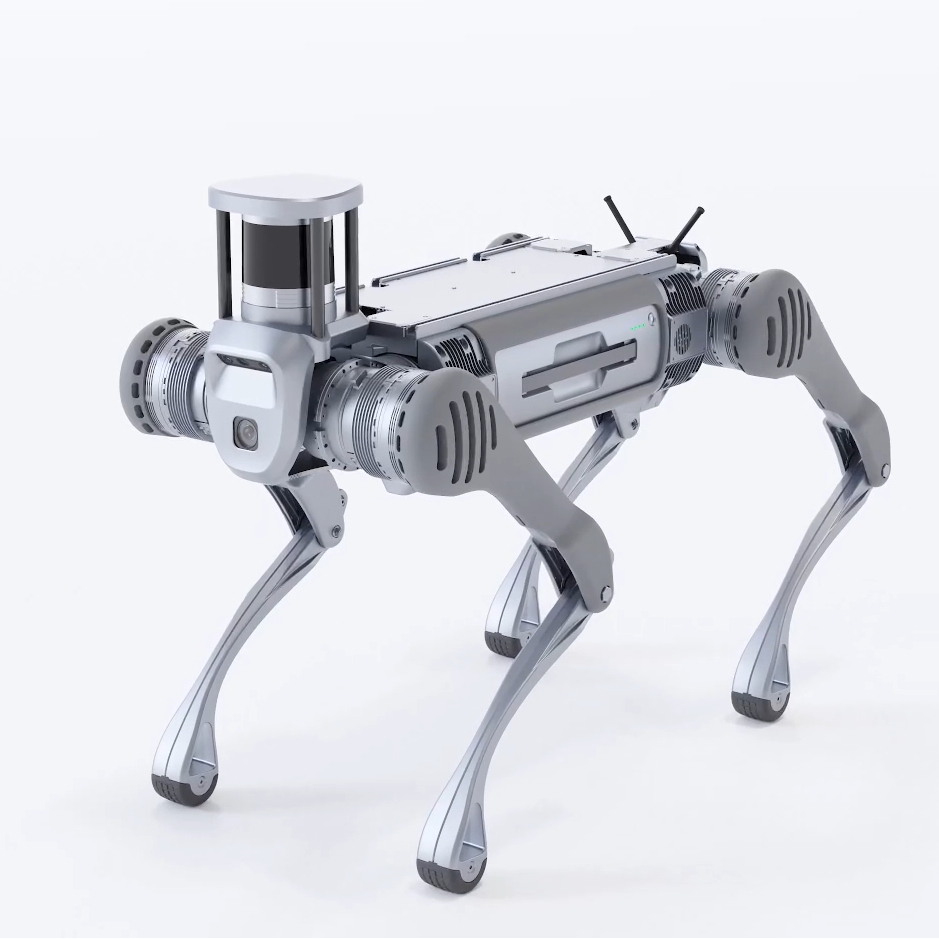Corrections facilities nationwide are suffering from severe staffing shortages, making it difficult for facilities to fulfill their duties and meet government regulations. While our CORA system cannot replicate everything an officer can do, it can conduct remedial tasks that take up time and energy, freeing officers to more efficiently use their time.

The prison head counting system is a real-time, AI-powered application designed to automate inmate verification through facial recognition during robotic patrols. The system deploys a mobile robot equipped with a camera and audio system, which navigates through cells, cell blocks, and dormitories, capturing video frames for facial analysis. It replaces manual roll calls with consistent, automated biometric verification.
The core of the system utilizes InsightFace for deep learning–based face detection and 512-dimensional embedding generation. These embeddings are compared against a PostgreSQL database containing multiple stored embeddings per inmate, allowing for robust identity matching. Face similarity is calculated using a dot product–based thresholded similarity function. Detections are logged with confidence scores, embedding data, and optional image snapshots. The system differentiates between known inmates, unknown individuals, and mismatches (unexpected identities or absences).
The backend is implemented in Python using Flask and SQLAlchemy. Patrol sessions, inmate assignments, detections, expected headcounts, and location metadata are normalized across relational tables. Each patrol can span multiple locations and supports multiple detection events per inmate. All data is persisted for auditability and retrospective analysis.
The dashboard interface exposes a REST API and real-time video stream. It reports patrol progress, visual confirmation of arrivals, unknown detections, and discrepancies between expected and actual headcounts. Alerts are generated for missing or unidentified individuals. The system supports synchronization with external inmate management databases and future integration of camera/audio metadata and cross-facility tracking.
Engineered for scalability and modular deployment, this system enhances institutional accountability, reduces manual workload, and improves response times to security breaches or anomalies in inmate presence.
The prison head counting system is a real-time, AI-powered application designed to automate inmate verification through facial recognition during robotic patrols. The system deploys a mobile robot equipped with a camera and audio system, which navigates through cells, cell blocks, and dormitories, capturing video frames for facial analysis. It replaces manual roll calls with consistent, automated biometric verification.
The core of the system utilizes InsightFace for deep learning–based face detection and 512-dimensional embedding generation. These embeddings are compared against a PostgreSQL database containing multiple stored embeddings per inmate, allowing for robust identity matching. Face similarity is calculated using a dot product–based thresholded similarity function. Detections are logged with confidence scores, embedding data, and optional image snapshots. The system differentiates between known inmates, unknown individuals, and mismatches (unexpected identities or absences).
The backend is implemented in Python using Flask and SQLAlchemy. Patrol sessions, inmate assignments, detections, expected headcounts, and location metadata are normalized across relational tables. Each patrol can span multiple locations and supports multiple detection events per inmate. All data is persisted for auditability and retrospective analysis.
The dashboard interface exposes a REST API and real-time video stream. It reports patrol progress, visual confirmation of arrivals, unknown detections, and discrepancies between expected and actual headcounts. Alerts are generated for missing or unidentified individuals. The system supports synchronization with external inmate management databases and future integration of camera/audio metadata and cross-facility tracking.
Engineered for scalability and modular deployment, this system enhances institutional accountability, reduces manual workload, and improves response times to security breaches or anomalies in inmate presence.
The system supports:
For security, all audio transmissions are encrypted using TLS-secured WebRTC channels, preventing eavesdropping or unauthorized access.
This system enhances command efficiency and response coordination, allowing officers to communicate seamlessly with personnel or inmates without direct engagement.
The autonomous navigation system enables the robot to patrol indoor and outdoor facilities without human intervention. The system is built on a SLAM (Simultaneous Localization and Mapping) framework, which combines:
The system operates in two primary modes:
GPS localization (optional for open-yard operations).
This autonomous system reduces the workload of staff, increases patrol coverage, and enhances safety enforcement with continuous monitoring.
Automated anomaly recognition, flagging anomalies and sending a report through the proper channels.
The detection pipeline is optimized using:
Detected objects are logged with timestamps, confidence levels, and associated patrol locations, creating an auditable security record.
Copyright © 2022 STOKES ROBOTICS | All rights reserved
Carl Junction, MO
417 649-8862
bi**@************cs.com
